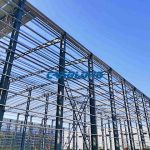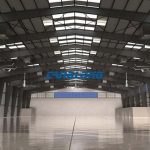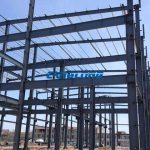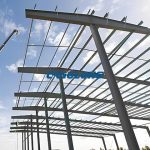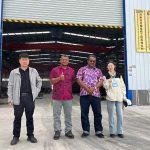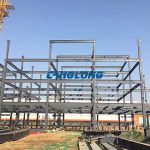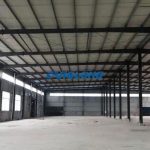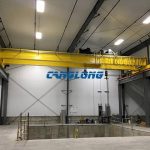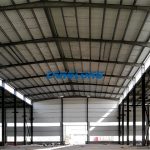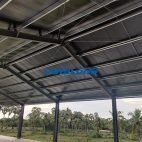Preheating and post welding heat treatment of steel structures
How important is preheating and post-welding heat treatment for steel structures?
Preheating and post weld heat treatment of steel structures are very important for welding quality. Welding of important components, welding of alloy steel and welding of thick parts all require preheating before welding. The main functions of preheating before welding are as follows:
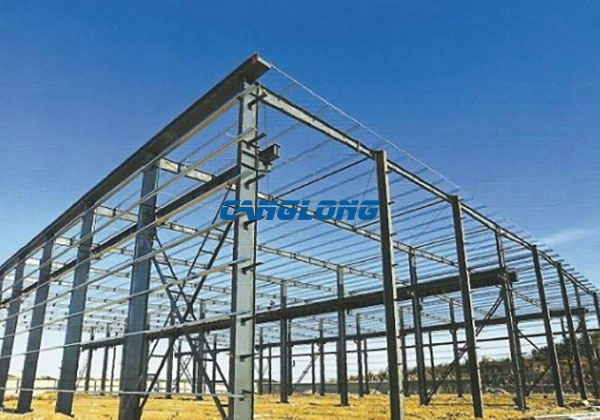
1. Preheating can slow down the cooling rate of the steel structure after welding, which is conducive to the escape of diffusible hydrogen in the weld metal and avoids hydrogen induced cracks. At the same time, it also reduces the hardening degree of the steel frame weld and heat affected zone, and improves the crack resistance of the welded joint.
2. Preheating can reduce welding stress. Uniform local preheating or overall preheating can reduce the temperature difference (also known as temperature gradient) between the welded workpieces in the welded area of the steel frame. On the one hand, the welding stress is reduced, and on the other hand, the welding strain rate of the steel structure is reduced, which is beneficial to avoid welding cracks.
3. Preheating can reduce the restraint of the welded structure. The degree of restraint of reducing the fillet joint is particularly obvious. With the increase of preheating temperature, the incidence of steel frame cracks decreases.
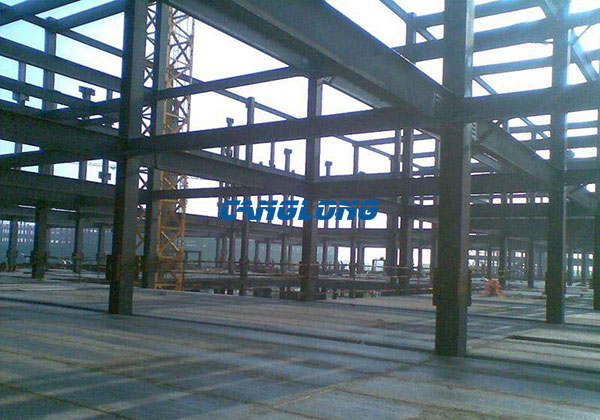
There are three purposes of post weld heat treatment of steel structures: eliminating hydrogen, eliminating welding stress, improving weld structure and comprehensive performance.
The post-weld hydrogen elimination treatment of steel structure refers to the low temperature heat treatment performed after the welding is completed and the weld has not been cooled to below 100 °C. The general specification is to heat to 200~350℃ and keep it for 2-6 hours. The main function of post-weld hydrogen elimination treatment of steel structure is to accelerate the escape of hydrogen in the weld and heat affected zone, and it is extremely effective in preventing welding cracks during welding of low-alloy steels.
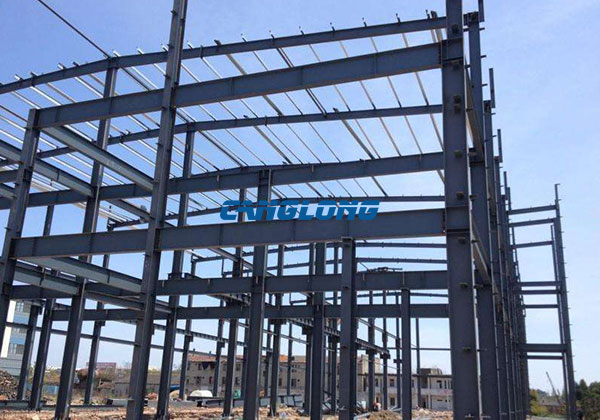
In the welding process of steel frame, due to the non-uniformity of heating and cooling, as well as the component itself, restraint or extra restraint occurs. After the welding work of steel structures is completed, welding stresses are always generated in the steel members. The existence of welding stress in the steel member will reduce the actual bearing capacity of the welded joint area, cause plastic deformation, and even lead to the damage of the steel member in severe cases.
